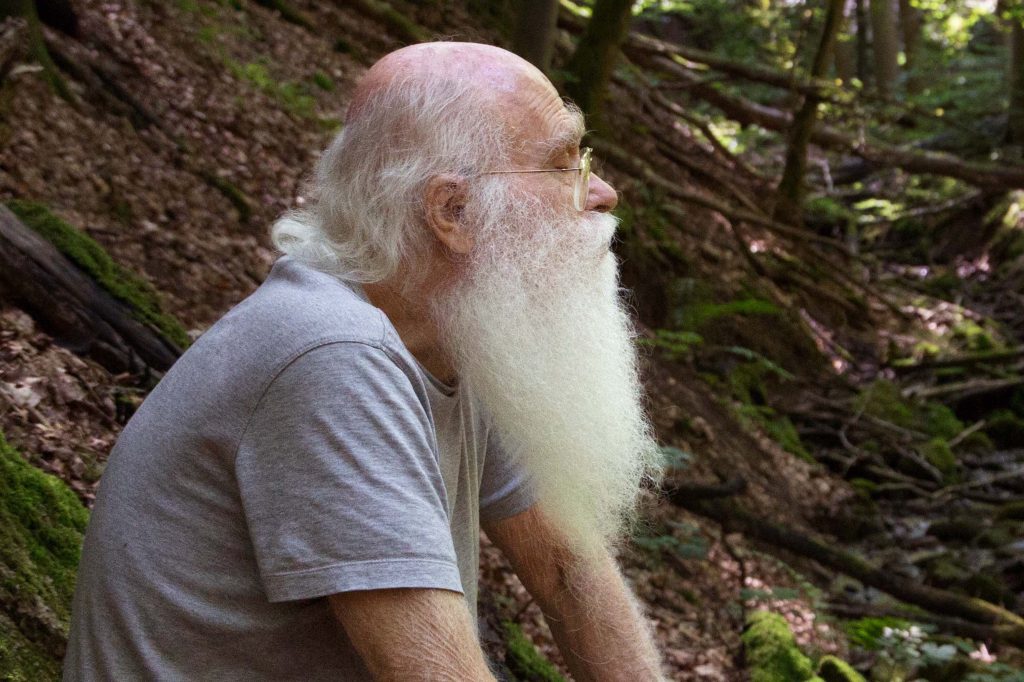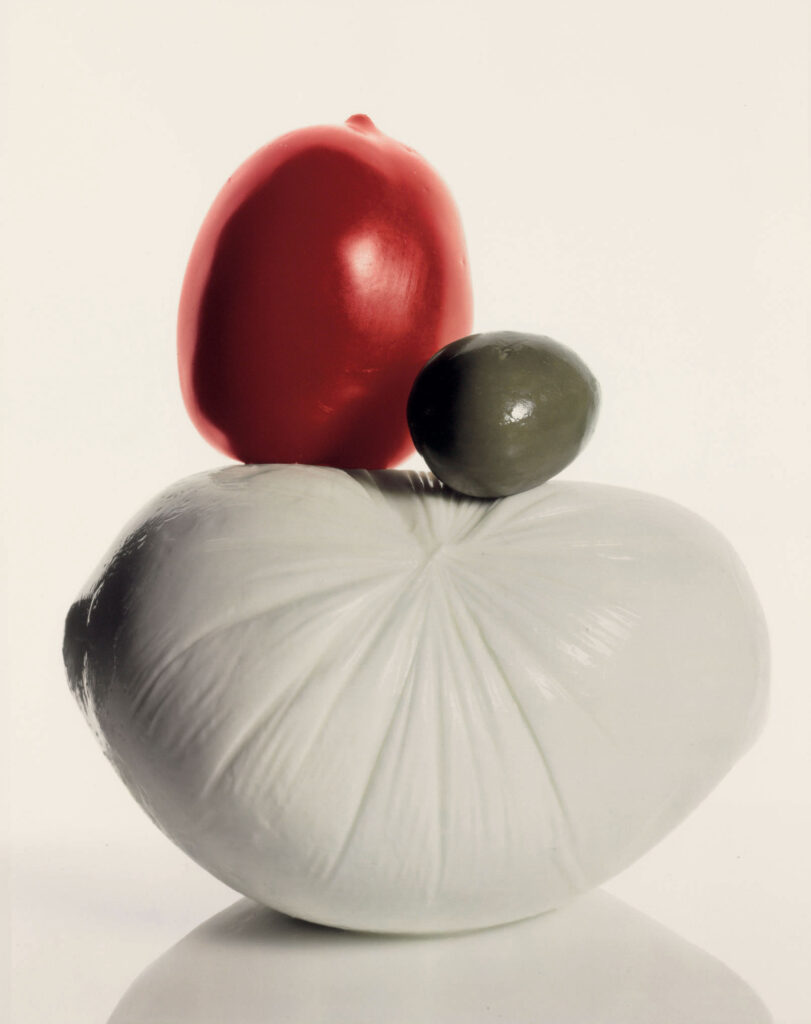
herman de vries
70 years of nature as artwork
—
Rijksmuseum Twenthe
-
Address:
Lasondersingel 129
7514 BP Enschede
Rijksmuseum Twenthe presents a retrospective of the impressive 70-year artistic career of nature researcher herman de vries (born 1931), who elevated nature itself to the ultimate medium, guided by chance, simplicity, and a deep connection with the earth.
Herman’s work is rooted in his discoveries and observations as a biological field researcher in the landscapes of the 1950s and 1960s, during which he developed an interest in the processes of order and randomness in nature. Inspired by the German forest region of the Steigerwald, his artworks, or so-called toevalswerken, came into being. He regarded nature itself as a work of art; for instance, he presented the Canary Island of La Gomera, in his installation la gomera, as an artistic piece. Contemporary artists inspired by herman de vries, including melanie bonajo, Milah van Zuilen, Stefan Cools, and Nan Groot Antink, exhibit their works with the same sense of urgency.
